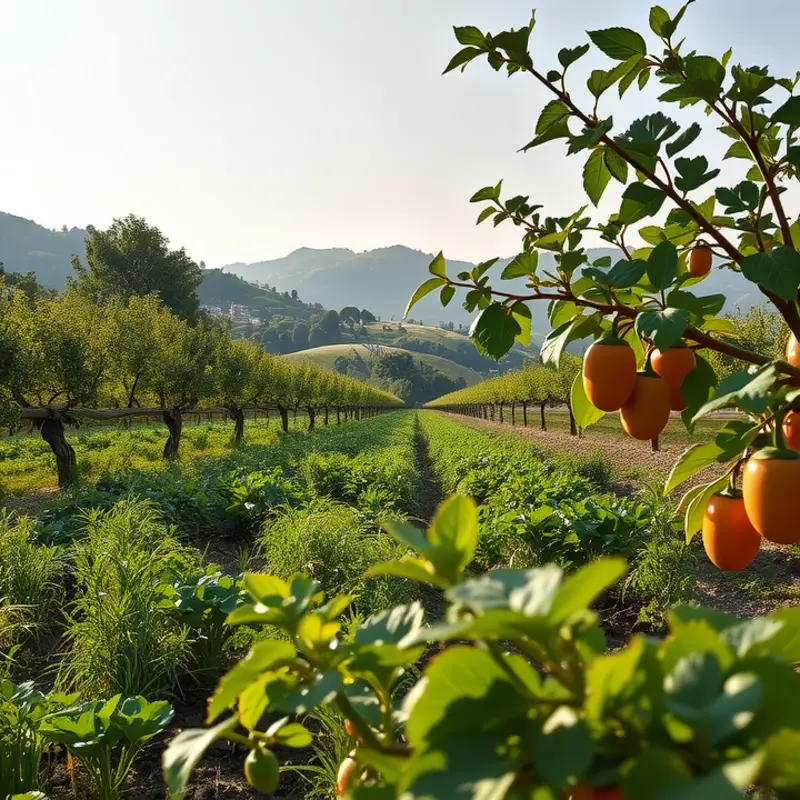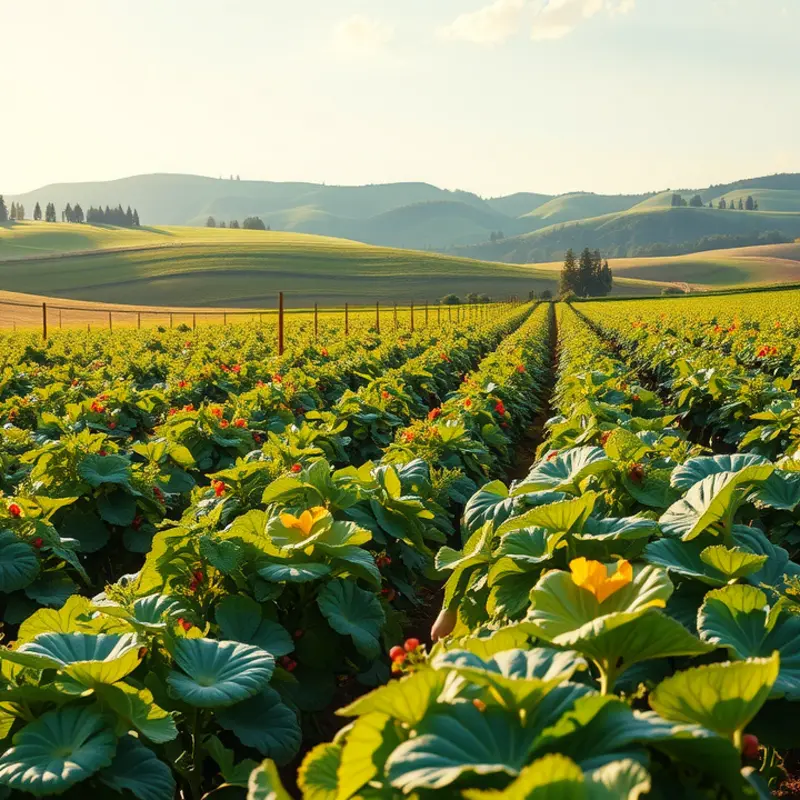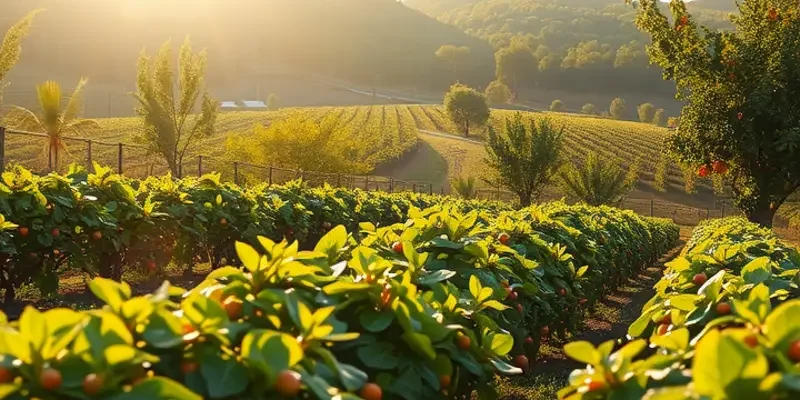Exotic produce can add a burst of flavor and nutrition to your meals, but storing these unique fruits and vegetables properly is essential to maximize their shelf life. Understanding the specific storage needs of each type of exotic produce can not only minimize waste but also enhance your food management skills at home. This guide unpacks how to handle and store a variety of exotic fruits and vegetables safely.
Understanding the Storage Needs of Exotic Produce

The allure of exotic produce often lies in their unique flavors and textures, but these same characteristics often come with specific storage requirements. To keep exotic fruits like dragon fruit, rambutan, and longan fresh, precise attention to temperature, humidity, and storage location is crucial.
Dragon Fruit: This visually striking fruit requires specific conditions to remain viable. For short-term storage, keep dragon fruit at room temperature, out of direct sunlight. When you need to prolong its shelf life, refrigeration is best. Store it in the crisper drawer, ideally within a perforated plastic bag that allows for air circulation while maintaining slight humidity. Excessive moisture or dryness can damage the delicate skin and accelerate spoilage.
Rambutan: Characterized by its hairy exterior, this fruit thrives in cool yet humid environments. Refrigeration is essential to extend its freshness, ideally at temperatures between 45-50°F (7-10°C) with high humidity levels. Placing rambutans in a partially closed container can preserve the right amount of moisture. Avoid airtight bags or containers that can trap excess condensation.
Longan: Often likened to lychees, longans have a short shelf life and require careful handling. Store them in the refrigerator in a breathable bag. It’s vital to maintain a consistent cool temperature around 41°F (5°C) with relative humidity. This setting will minimize shriveling and extend freshness. Exposure to fluctuating temperatures can speed up decomposition, leading to off-flavors and soured flesh.
It’s important to note that the nuances of storing exotic produce aren’t solely about refrigeration. The balance of air circulation and humidity plays a pivotal role. Rooms that are too dry can sap moisture from fruits, while too much humidity without ventilation can lead to mold growth.
For those looking to create a more sustainable kitchen environment, understanding how different storage methods affect produce longevity can reduce food waste significantly. For more insights on creating an eco-smart kitchen, visit our eco-smart kitchen storage guide.
In summary, mastering the storage of exotic fruits is about respecting their natural needs. With knowledge and a bit of care, you can enjoy these flavorful gems at their peak, enhancing your culinary experiences while minimizing waste.
Practical Tips for Storing Specific Exotic Fruits and Vegetables

Exotic fruits and vegetables often captivate with their vibrant colors and unique flavors, but they can also present challenges. Ensuring they remain fresh requires knowledge of optimal storage conditions. Let’s delve into storing some popular exotic produce effectively.
Mangosteen is highly prized for its juicy, sweet-sour taste. To keep mangosteen fresh, store it in the refrigerator where temperatures between 46°F and 50°F (about 8°C and 10°C) are ideal. Avoid storing it below 46°F, as too-cold temperatures can destroy the delicate flavors. Mangosteen can last up to two weeks when stored correctly. Check the outer peel; slightly yielding and soft when pressed lightly indicates ripeness and readiness for consumption.
Lychee, tropical in origin, benefits from specialized care during storage. Lychee should be kept in a perforated plastic bag in the refrigerator to enable humidity control while allowing air circulation. This approach prevents the fruit from drying out. The skin should be rosy to pinkish-red; browning might indicate over-maturity. Under optimal conditions, lychee can last for up to a month. Always consume lychee with caution to avoid the pit, which is not edible.
For rambutan, another tropical delight, refrigerate in a loosely sealed container. Rambutan’s spiky hair-like exteriors must remain intact and vibrant red. A shriveled appearance suggests that freshness is past its peak. Rambutan stores well for about seven to ten days. Consume when the fruit feels slightly firm yet gives gently when squeezed.
Dragon fruit, with its striking appearance, requires dry and cool storage. Keep it in the fruit basket for short-term use—up to five days—or refrigerate for prolonged freshness, up to two weeks. When freezing dragon fruit, slice it for future use in smoothies or desserts, minimizing waste. Tactile cues for ripeness include a firm feel with slight give and a vividly colored skin.
To store jackfruit, particularly for segments already removed from the rind, use airtight containers in the refrigerator. The unique aroma of jackfruit can seep into other foods, so consider double-containment strategies, such as wrapping segments in wax paper before placing them in containers. Jackfruit segments last one to two weeks under optimal storage conditions.
Common Storage Mistakes to Avoid:
- Exposing to Sunlight: This accelerates ripening and spoilage.
- Overcrowding: Do not keep delicate produce like these exotic fruits in crowded drawers or bags.
- Improper Temperature: Ensure individual fruits are stored according to their specific needs; one size does not fit all.
These strategies not only prolong shelf life but also conserve flavor and nutritional value. By properly storing exotic produce, not only is spoilage minimized, but culinary adventures can flourish. If interested in storage strategies for more common foods, explore further tips here.
Final words
Properly storing exotic produce is integral not only for reducing food waste but also for maintaining the quality and nutrition of these unique fruits and vegetables. By learning the specific needs for temperature, humidity, and environment, you can enjoy exotic produce in peak condition longer and enhance your culinary experiences at home. Prioritize good storage practices, and you’ll find that the exotic flavors of these produce items can elevate your meals while keeping waste to a minimum.







